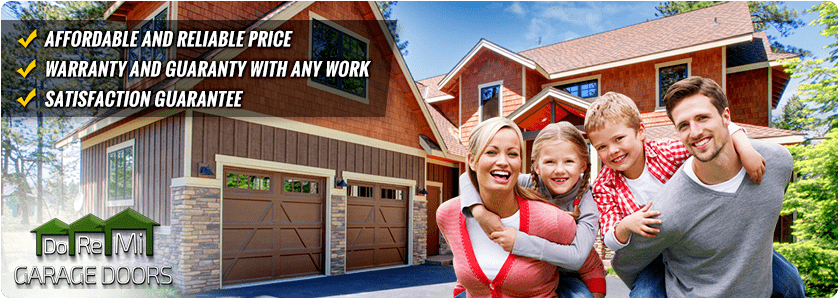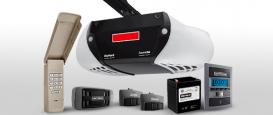Garage Door Openers
Unless you want to be opening and closing your garage door manually, you're going to need a garage door opener to do the work for you. Garage door openers are very convenient for homeowners, as they can open and close the door with the tap of a button, and they're also able to keep the garage area secure when shut. We typically work with Liftmaster, Genie and Chamberlain garage door opener brands, but there are various different types, sizes and considerations that need to be weighed whenever a new garage door opener is required. Here's a closer look at some of what you need to know:
Garage Door Opener Types
There are three main types of garage door openers. They are:
- Chain Drive: This is the most common type of opener, which, as the name implies, uses a chain to open and close the door. While chain drive openers are affordable and efficient, they tend to operate loudly.
- Belt Drive: Belt drive openers are similar to chain drive styles, except they use a belt instead of a chain. Though they usually run a bit more expensive than chain drive openers, they tend to operate more quietly.
- Screw Drive: Screw drive openers work by rotating a steel rod to activate the opening and closing door mechanism. The big advantage to these types of openers is that they typically require little maintenance over time due to the lesser amount of components involved. However, screw drive openers tend to operate loudly.
Opener Considerations
Once you select what type of opener would be best for your garage, there are various other considerations. These include:
- Size of opener: The size of the opener you need is largely dictated on the size of the garage door it's going to be opening. Openers typically come at 1/3, 1/2 and 3/4 horsepower. Openers with 1/3 horsepower are ideal for single doors or double doors that are light (i.e., made of steel or aluminum) and balanced correctly. Openers at 1/2 and 3/4 horsepower are better suited for heavier (i.e, wood doors) or oversized garage doors.
- Installation: Though installing a garage door opener may seem like a simple DIY project, it can be a lot more complicated than what initially meets the eye. Successful installation doesn't just involve properly equipping the new opener, but things like making sure the other parts of the door are working, balancing the door, installing an angle iron, replacing components, and checking the door's opening and closing force. Usually, it takes about a half day for a homeowner to install a new opener. A professional can typically handle this task in a matter of a few hours.
- Programming/reprogramming it: After the opener is installed, there's the task of how to program garage door opener. While you should refer to the user's manual to do this, it generally consists of pressing either a "Learn" or "Smart" button on the actual overhead opener and then pressing and holding the buttons on the remotes that you'd like to sync with it. To reprogram your opener, hit and hold either the "Learn" or "Smart" button on the opener for a few seconds. Once the indicator light goes dark, then all previous data is erased.





